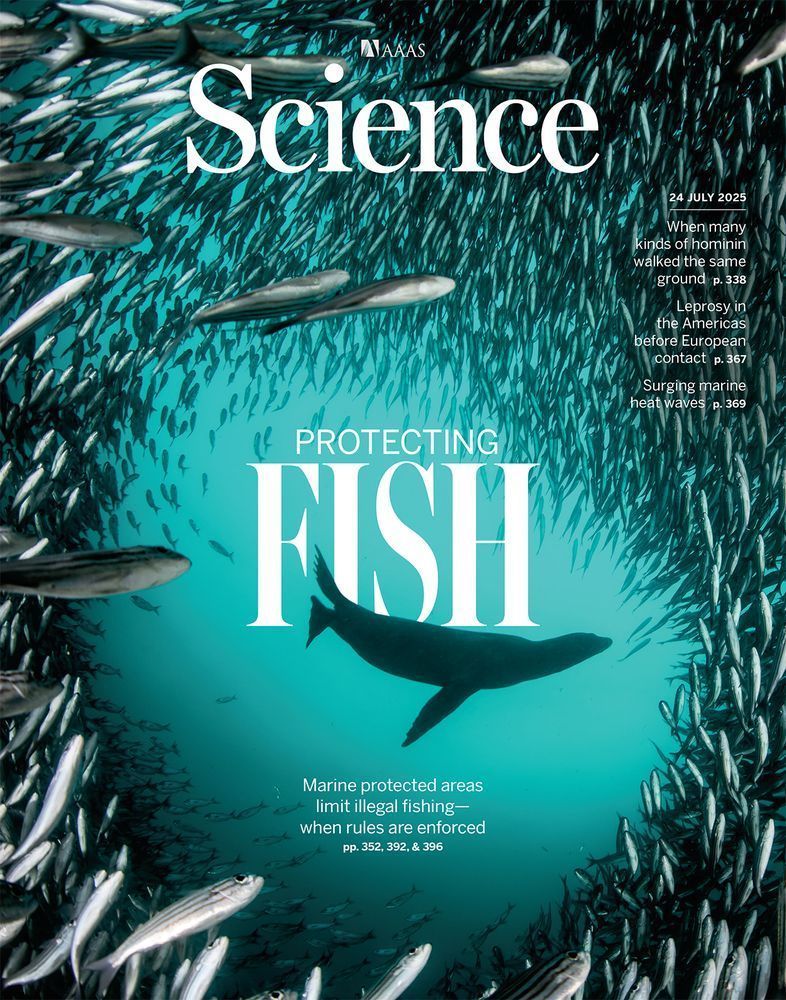Jen Raynor
@jenraynor.bsky.social
38 followers
47 following
10 posts
Economist working at the intersection of ocean science, policy & data | Asst. Prof @uwmadison.bsky.social | Formerly @noaa.gov | I study who uses the sea, and how
Posts
Media
Videos
Starter Packs
Reposted by Jen Raynor
Jen Raynor
@jenraynor.bsky.social
· Jul 28
Jen Raynor
@jenraynor.bsky.social
· Jul 24

Little-to-no industrial fishing occurs in fully and highly protected marine areas
There is a widespread perception that illegal fishing is common in marine protected areas (MPAs) due to strong incentives for poaching and the high cost of monitoring and enforcement. Using artificial...
doi.org
Jen Raynor
@jenraynor.bsky.social
· Jul 24
Jen Raynor
@jenraynor.bsky.social
· Jul 24
Jen Raynor
@jenraynor.bsky.social
· Jul 24
Jen Raynor
@jenraynor.bsky.social
· Jul 24
Jen Raynor
@jenraynor.bsky.social
· Jul 24
Jen Raynor
@jenraynor.bsky.social
· Jul 24


